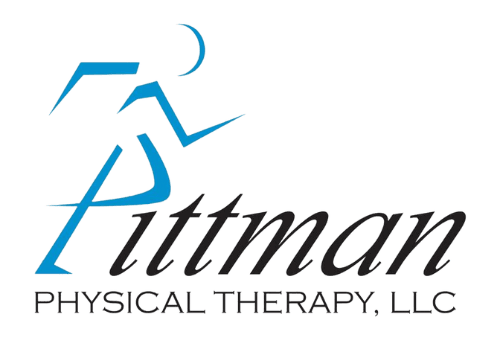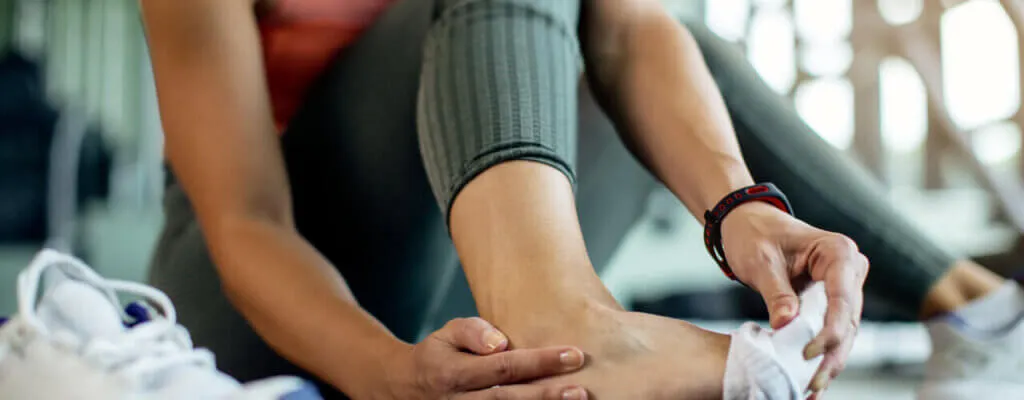We’ve all been in this situation: you’re walking down the street when your ankle slips off the curb. You feel an immediate twinge of pain, but you’re not sure if it necessarily requires a trip to the doctor.
Many minor injuries can be treated with ice, or may eventually go away on their own. However, some injuries necessitate the assistance of a medical professional.
It can be difficult to determine the severity of your injury by yourself. It can also be difficult to determine whether your injury is a strain or a sprain. Fortunately, consulting with a physical therapist can assist you in getting everything sorted out as soon as possible, so you can recover and return to your daily life!
How are sprains and strains different?
One of the most common questions people have when they hurt a part of their body is whether it is a sprain or a strain. While they may appear to be the same, the distinctions are actually easier to make than you might think. To understand the distinctions between a sprain and a strain, you must first understand the differences between a tendon and a ligament.
Tendons are fibrous tissues that connect bone to muscle. Ligaments are connective tissues that function similarly to tendons, but instead of connecting bone to muscle, they connect bone to bone.
A strain occurs when the tendons that connect your muscle to your bone are overstretched or torn. A strain can be acute, meaning it occurs immediately in response to an injury, or chronic, meaning it develops over time as a result of performing the same repetitive motions over and over.
When the ligaments that connect your joints are damaged, you develop a sprain. This can cause problems with your ankles, knees, elbows, or wrists. A sprain occurs when the joint is violently twisted, stretching or tearing the tissues. The pain could be mild and go away in a few minutes or hours, or it could be severe and necessitate physical therapy or even surgery.
How can physical therapy treat my injury?
Our physical therapists have extensive experience diagnosing and treating sprains and strains. Your physical therapist will assist you in recovering from your injury and will give you advice on how to avoid further injuries in the future. In many cases, physical therapy treatments can even eliminate the need for potentially harmful drugs or invasive surgical corrections.
Three steps are typically taken when treating a sprain or strain with physical therapy.
- Your physical therapist will concentrate on pain management. This is accomplished through the use of passive physical therapy techniques such as manual therapy, ice and heat therapies, light stretches, ultrasound, or electrical stimulation.
- Once your pain is under control, your physical therapist will concentrate on promoting the healing of your injury. This will include strengthening and range of motion exercises to help the affected area regain optimal function.
- After your injury has healed, your physical therapist will focus on preventing future injuries in the affected area. This will be accomplished through targeted strengthening exercises designed to build muscle around the injured area to reduce your chances of hurting it again in the future.
Contact Pittman Physical Therapy for relief!
Do you suspect that you may have a sprain or strain? If so, contact our Collierville, Germantown, and Hernando physical therapists today for assistance. We will provide you with the best treatment methods for your specific needs, allowing you to relieve your pain and resume your normal activities! Don’t hesitate to start feeling better, contact Pittman Physical Therapy today!



